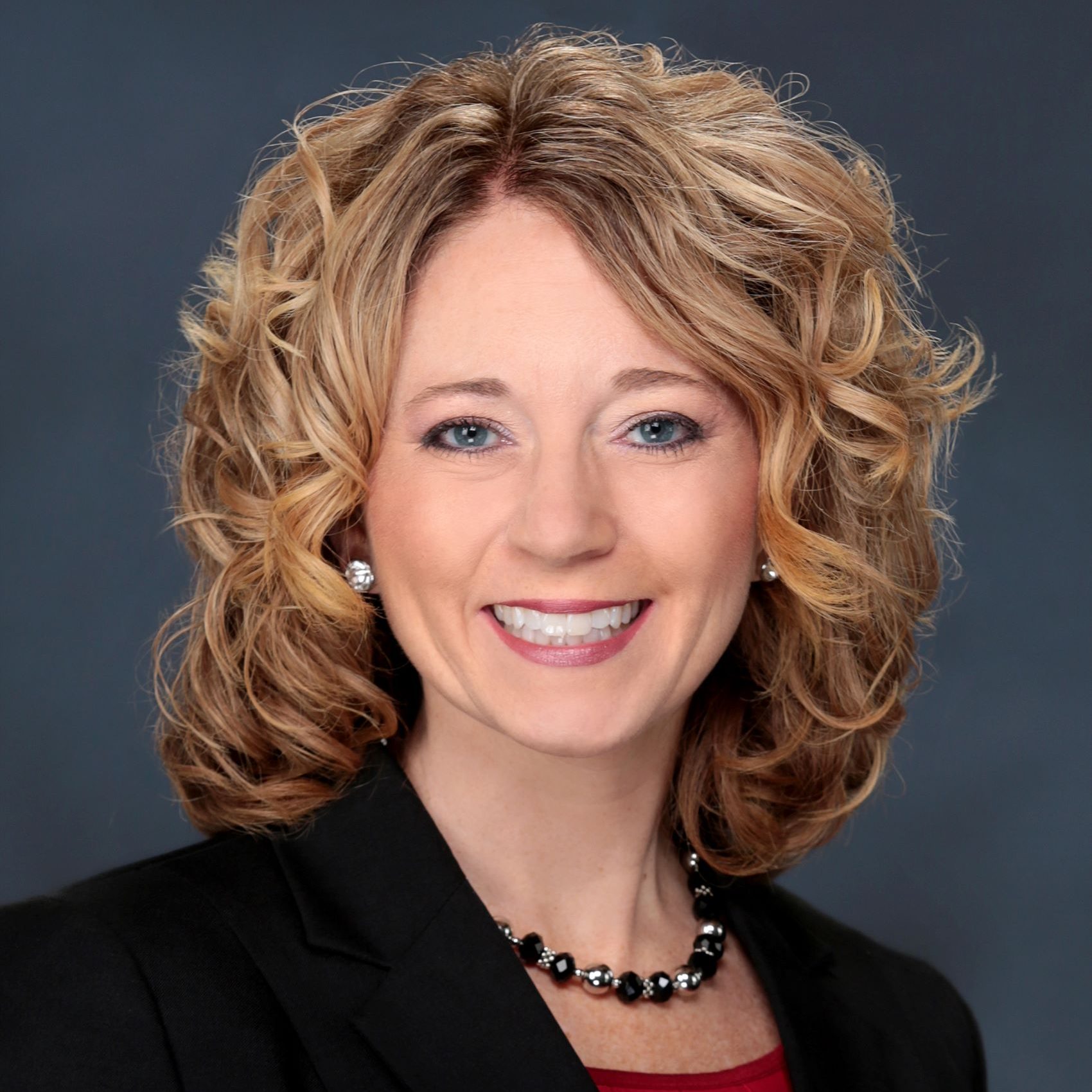
Nicole Heath Bixler, DO, MBA, FACOFP
ACOFP President
In the medical profession, we utilize acronyms daily to simplify complex jargon and decrease our amount of writing (or more frequently typing). CHF, TKA, DM, SLE are just a few. You see it, you know it, you understand it. This is certainly true in other aspects of life, most notably in our world of texting: LOL, BRB, OMW, YOLO and IDK—the latter being how you may feel about all these letters. (Don’t be ashamed if you had to look it up. It means “I don’t know.”) Although there are initials that seem to hold a significant meaning and it would be hard to find anyone who doesn’t know what they stand for both literally and figuratively—RBG, Ruth Bader Ginsburg.
It only seems appropriate as I begin my term as the fourth female president in the 70-year history of the ACOFP that I recognize her legacy and contributions to gender equality. Ruth Bader Ginsburg is widely regarded as a feminist icon. Among her many activist actions during her legal career, she worked to upend legislation that discriminated based on one’s gender, was a founding counsel for the American Civil Liberties Union’s Women’s Rights Project and taught numerous law courses on gender discrimination laws. She was eloquently outspoken in her disagreements with her colleagues’ decisions in her tenure as a Supreme Court Justice. She notably ended her public dissenting opinions with her attributable statement, “I dissent.”
A Facebook post I saw recently stated it simply; “If as a woman you have purchased a home in your name, have played sports in high school and consented to your own medical treatment, you can thank Justice Ginsburg.”
What I find more remarkable about this woman is that she achieved her education, accolades and moral victories while balancing the elusive work-life balance with style. She was married for 56 years to her lawyer-husband, raised two children and set a new standard of fashion with her famous jabots. She persevered in her commitment to the highest court through personal losses and numerous bouts of cancer. It says something about her distinctive attire, her ability to resonate across generations and her iconic stature, when entire lines of merchandise and clothing have been created based on a black robe, lace collar and collection of powerful quotes. She served as an inspiration to many and has been respectfully honored through millions of social media posts. Thousands of mourners paid respects as she lay in state at the United States Capitol, an honor only bestowed upon 33 men before her.
No matter your political persuasion or your stance on particular issues, it is fair to say that the women and men of our country owe a debt of gratitude for her relentless pursuit of justice and equality—a pursuit fueled by intelligence, sheer determination, collaboration and humility.
"Fight for the things that you care about but do it in a way that will lead others to join you."
—Ruth Bader Ginsburg
As a mother, daughter, sister, wife and physician, I am fortunate to have had strong-willed, passionate, educated women such as the “Notorious RBG” break barriers that no longer exist in 2020, but there is still work to be done. I think an overwhelming need still exists for women to be in senior roles and positions of decision-making that reflect the concerns of half the population. These are roles both in our community and in our profession.
From the beginning of osteopathic medicine at the American School of Osteopathy, A.T. Still stated, “Women are admitted on the same terms as men. It is the policy of the school that there should be no distinction as to sex, and that all shall have the same opportunities.”
As the number of female medical students now equals their male counterparts, it should stand to reason that the merit that earned those positions should translate to equal numbers of leadership positions in the future. Unfortunately, this is not where we are today. For gender equality in the workplace to become a reality, a priority needs to be placed on the acceptance of non-linear volunteerism, equity in pay, fair maternity/paternity benefits and the removal of the stigmas that are often associated with successful women.
"When I'm sometimes asked, 'When will there be enough [women on the Supreme Court]?' and I say, 'When there are nine,' people are shocked. But there'd been nine men, and nobody's ever raised a question about that."
—Ruth Bader Ginsburg
I am honored to be spoken in the same sentence as the only three other successful female family physicians who have led ACOFP as president: Drs. Mary Burnett, Jan Zieren and Carol Henwood. Their contributions cannot be measured by just the year of their presidency, but by all the other women who have followed them in similar paths to leadership.
In the coming months, I will be working with our Women’s Leadership Committee, our National Student Executive Board and our communications staff to highlight these and many other amazing women in the osteopathic profession.
I look forward to the day when the number of female leaders at our medical schools and in our professional organizations will be too numerous to count and will no longer be a statistic to track—when our communities are represented by women equally in the legislature, when C-suites are filled with women and when all people, regardless of gender or race, are treated equitably based on skills and ability to contribute. It is my hope that this will be the reality for my three daughters and the women who will lead ACOFP in the years to come.





Leave a commentOrder by
Newest on top Oldest on top